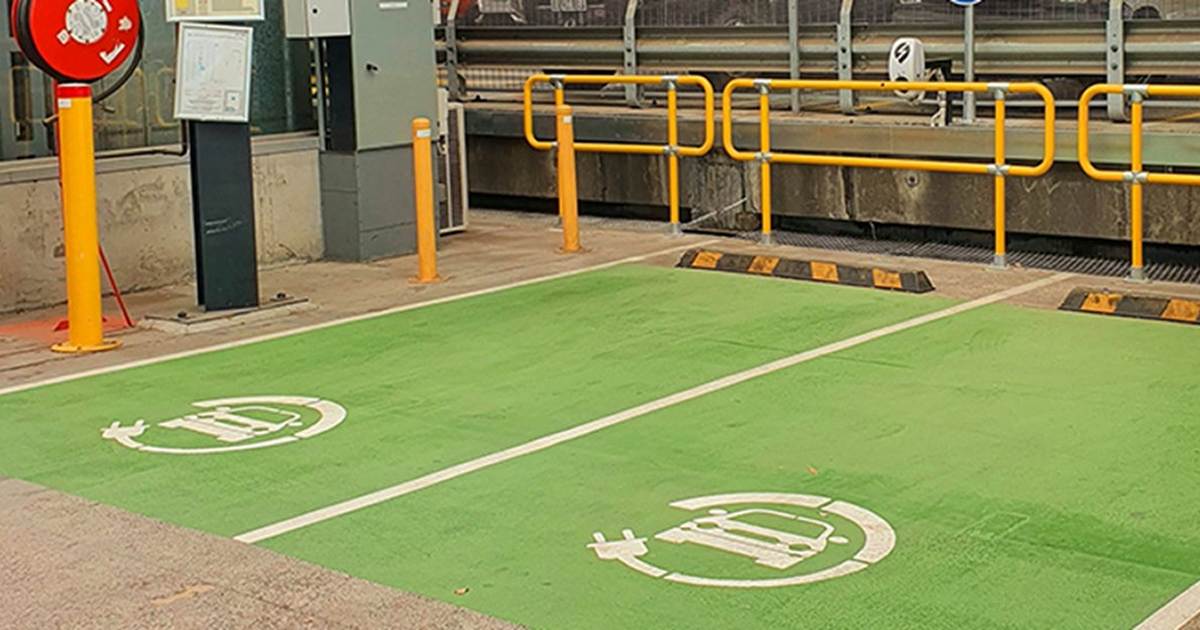
Two new electric vehicle charging stations recently installed at the South Melbourne Market rooftop carpark are being partly powered by solar panels.
The City of Port Phillip has invested $150,000 in the chargers, which are compatible with all electric vehicles and are free to use.
“As more and more people opt for electric vehicles, it’s important to provide the infrastructure to support this fantastic environmentally-friendly choice,” said Port Phillip Mayor Louise Crawford.
No further information was provided on the chargers, but judging by the image above they may be EO units.
Some of the power being delivered to the chargers is from the solar panels installed on the rooftop of the car park. Originally hosting a 32kW array, a new 200kW system comprised of 612 solar panels was added in 2019. The two systems combined generate approximately 263,000kWh of clean electricity each year and save more than $60,000 annually in mains electricity costs according to Council.
Other public use electric vehicle chargers (paid and free) in the City of Port Phillip local government area and elsewhere in Australia can be located on our EV charger map.
According to Infrastructure Australia, electric vehicles are projected to account for at least 70% of new vehicle sales and at least 30% of the vehicle fleet in Australia by 2040. If you’re considering going solar and getting an EV down the track, check out SolarQuotes’ Solar EV Guide.
South Melbourne Market And Sustainability
On a related note, use of solar technology at South Melbourne Market isn’t confined to the rooftop – there are also three solar-powered BigBelly bins. Introduced in 2017, the bins have a small solar panel on the top protected by a polycarbonate cover that charges a 12V battery
- All polystyrene boxes are compacted, then melted and remoulded into various products.
- Oyster, mussel and scallop shells are used for reef restoration projects.
- Thousands of tonnes of unsold food still fit for consumption is provided to a food redistribution service, helping out those in need.
- A 500,000 litre rainwater tank.
Crowlands Wind Farm as part of the Melbourne Renewable Energy Project.
Council is looking to achieve zero net emissions for its own operations during 2020-2021 and net zero community emissions by 2050.

 RSS - Posts
RSS - Posts



Speak Your Mind